The EEA report on the state of water bodies in Europe has just been published : Pollution, over-use and climate change threaten water resilience in Europe
Member States must urgently accelerate the implementation of the Water Framework Directive to improve the state of our waters.
Bruxelles, Belgique, 15 october 202, press release from Living Rivers Europe
A new report from the European Environment Agency (EEA) reveals that Europe’s water resources are under serious pressure, with no significant progress made since 2009*.
The report Europe’s state of water 2024: the need for improved water resilience underscores the urgent need for stricter implementation of the Water Framework Directive (WFD), significant changes to agricultural production, pollution reduction, and urgent ecosystem restoration.
Its main findings include:
- Less than 40% of surface waters, such as rivers and lakes, are currently healthy.
- Nearly 25% of groundwater bodies are not in good chemical status, even though they provide almost two-thirds of our drinking water.
- The chemical status of rivers, lakes, and coastal waters has further deteriorated, with less than 30% meeting the pollution standards set by the WFD.
- Harmful agricultural practices, particularly the intensive use of nutrients and pesticides, continue to be the most significant pressure on water. Diffuse pollution pressures from agriculture affect 32% of groundwaters and 29% of surface waters.
- Chemical pollution from coal-fired plants, along with alterations to rivers due to dam construction and straightening, also exerts considerable pressure on surface waters.
Claire Baffert, Senior EU Policy Officer, Water & Climate Change Adaptation at WWF European Policy Office, said: “The persistently lousy state of Europe’s waters shows that Member States are failing to address the water crisis, year after year. The Water Framework Directive has been in place for over two decades, but its goals remain largely unmet because national governments do not take its requirements seriously. Unfortunately, as reflected in the Draghi report*, there are strong calls to weaken the directive’s standards to facilitate harmful projects, when what we truly need is to prioritise the protection of our water resources.”
Sara Johansson, Senior Policy Officer for Water Pollution Prevention at EEB, said “The EEA data shows that less than 30% of surface waters are in good chemical status. While these stats are alarming, they’re not even giving the full picture as it’s only assessed against a limited and outdated list of pollutants. New quality standards for water must be adopted with urgency so that monitoring and planning of measures can be included in the next River Basin Management Plans.”
Mark Owen, Director of the European Anglers Alliance, said: “This report not only highlights the crisis that we face with the state of EU waters but also the significant cost that citizens will face by continued inaction by member states. The report showcases the way forward with the example in Estonia restoring 3,300 KM of rivers by removing dams and river restoration, increasing biodiversity with improvements to 32 species. Similar actions are now required across the EU.”
Irene Duque, Freshwater Policy Officer at Wetlands International Europe, said: “Thank you, EEA! We have heard the message loud and clear: our water resilience is at risk. The path forward to meet EU targets and improve the health of European waters is equally clear: wetland restoration over maladaptation. Building dams and relying on more grey infrastructure continues to prove counterproductive, often worsening the problems it aims to solve. Wetland restoration remains a low priority on the EU’s agenda, but for those concerned about devastating floods, droughts, the decline of freshwater fish, or access to water as a human right, this is truly a no-brainer.”
Andras Krolopp, Head of Biodiversity Policy at The Nature Conservancy Europe, said: “The state of Europe’s waters is a wake up call for urgent action. As the EEA report shows, this is not only a European issue, but a global crisis. Restoring at least 25,000 km of rivers to their free-flowing state is not just an environmental necessity: it’s a commitment to biodiversity and our future. Europe has a global commitment under the Convention on Biological Diversity and the Nature Restoration Law to achieve this goal. We need to accelerate the implementation of the Water Framework Directive and prioritise water and ecosystem protection across all policies. The time to act is now, and delay is not an option.”
Europeans are increasingly paying the price for their government’s inaction on the water crisis. According to the latest Eurobarometer survey, 78% of Europeans want the EU to do more to address water pollution.
The Living Rivers Europe NGO coalition* urges Member States to accelerate the implementation of the WFD to improve Europe’s waters and integrate water and ecosystem protection across all policies.
Notes to editors:
*The deteriorating trend in the chemical status of surface waters and the overall lack of progress are partially linked to the fact that Member States are improving their monitoring practices, thereby identifying more pollutants than before.
*In its previous assessment from 2018, the EEA reported that “It can be expected that, by the time the third River Basin Management Plans are drafted (2019-2021), some of the several thousand individual measures undertaken in the first and second RBMPs should have had a positive effect in terms of achieving good status.” This has not been the case, showing that many Member States have failed to implement the planned measures.
*The Draghi report notes that the EU should consider other targeted updates to relevant EU Environmental legislation (i.e. the Environmental Impact Assessment Directive, the Birds, Habitats, Water Framework and potentially the SEA Directive) for renewable energy installations and grids. It considers including limited (in time and perimeter) exemptions in EU environmental directives (e.g. the Habitats Directive and the Birds Directive) until climate neutrality is achieved. Exemption requirements need to be met under certain conditions (e g installations do not endanger the population and mitigation measures).
*An illustration of insufficient WFD implementation can be found in the resurrection of infrastructure projects that damage biodiverse rivers, such as the Răstolița Hydropower Project in Romania, or the TURNU MĂGURELE –NIKOPOL hydraulic structure project on the Danube.
*Living Rivers Europe is a coalition of organisations advocating for the defence, maintenance and implementation of the WFD in its current form. The coalition includes the European Anglers Alliance, the European Environmental Bureau, the European Rivers Network, The Nature Conservancy, Wetlands International, and WWF, representing a movement of over 40 million European citizens. See the Living Rivers Europe’s handbook for the 2024-2029 mandate.
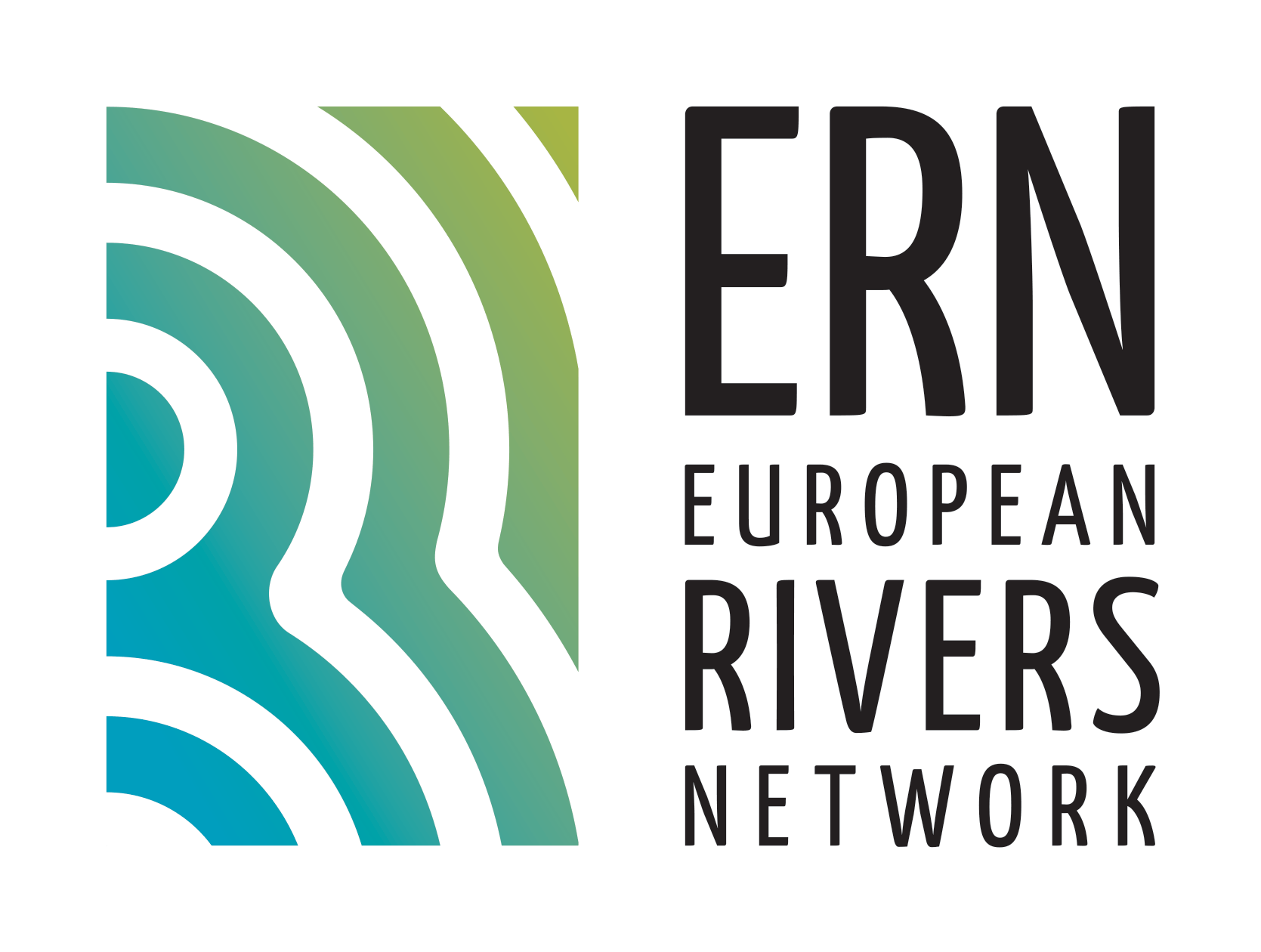
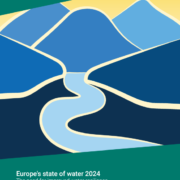
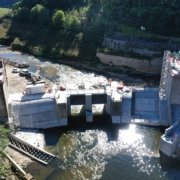

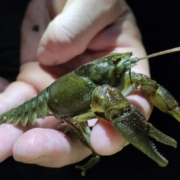
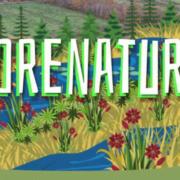

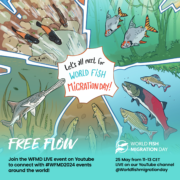
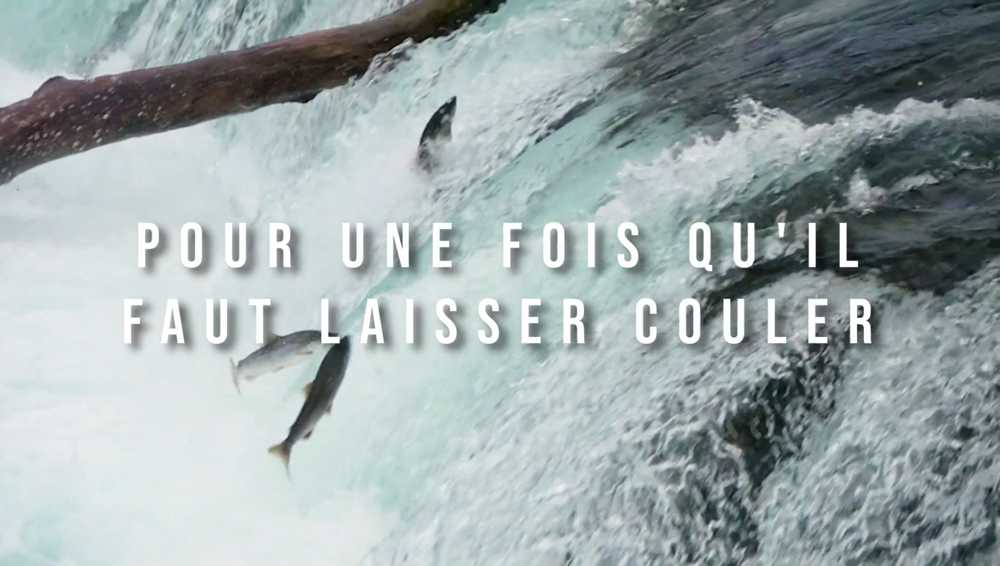
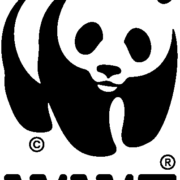
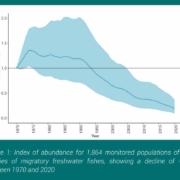
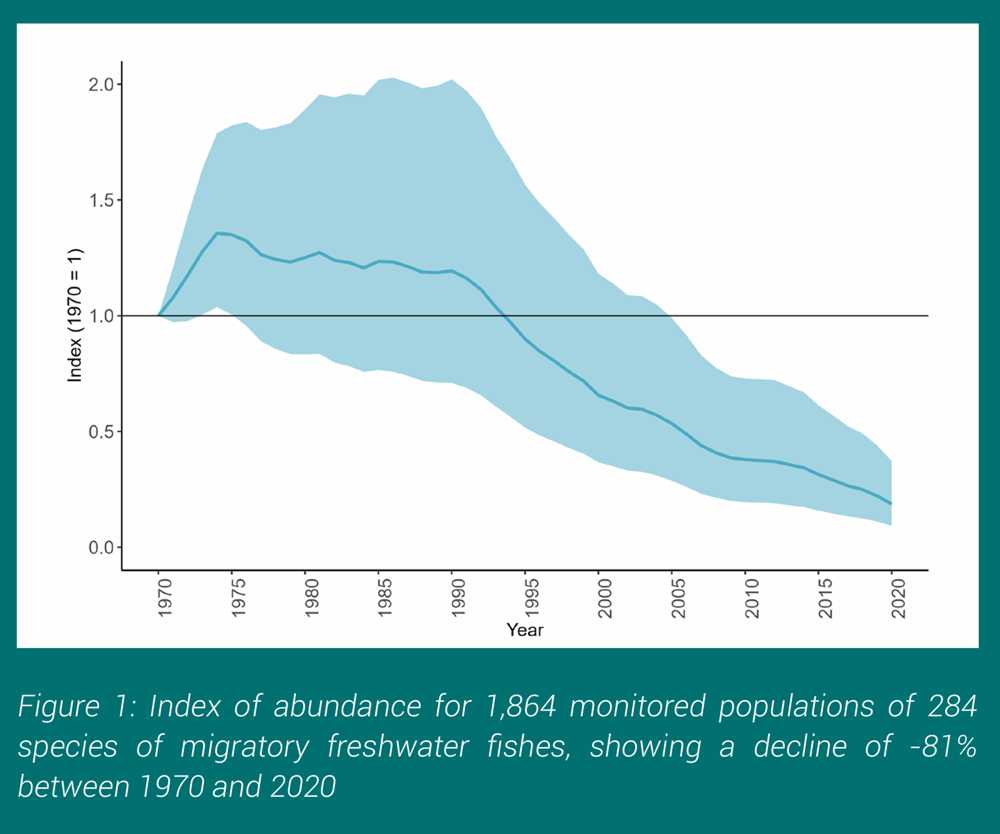
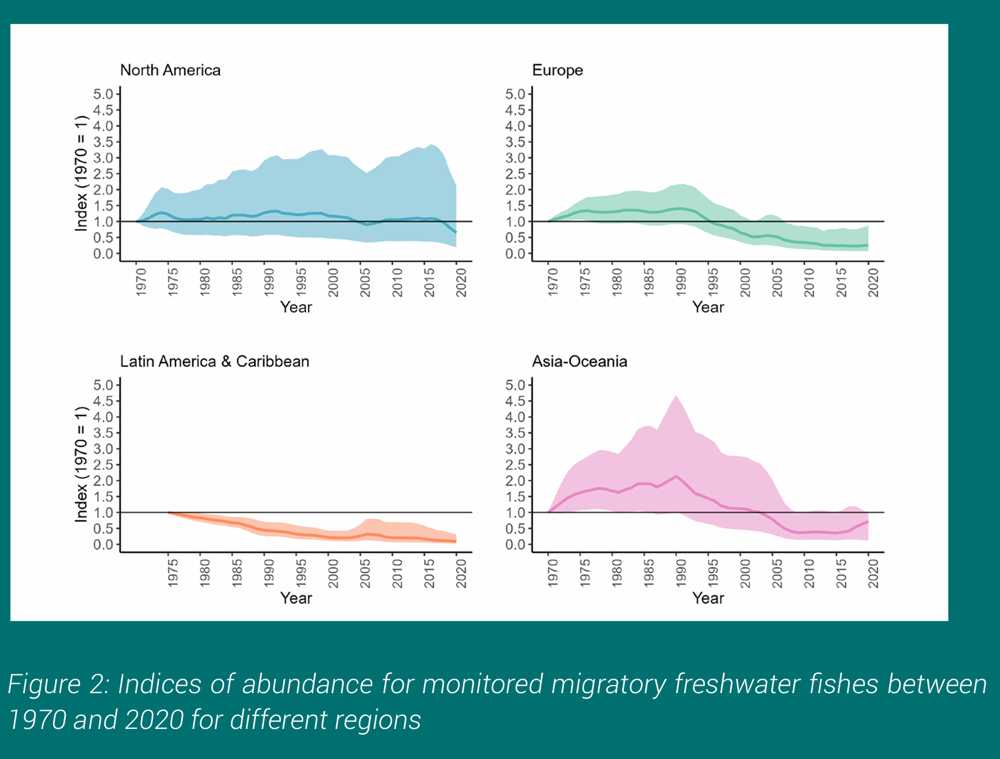
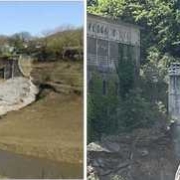

 ERN France
ERN France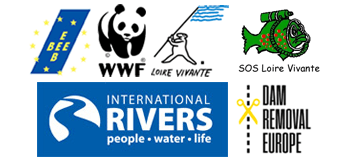 ERN is the official WWF Freshwater Partner in France and cooperates with WWF Switzerland, Austria, Netherlands and others
ERN is the official WWF Freshwater Partner in France and cooperates with WWF Switzerland, Austria, Netherlands and others